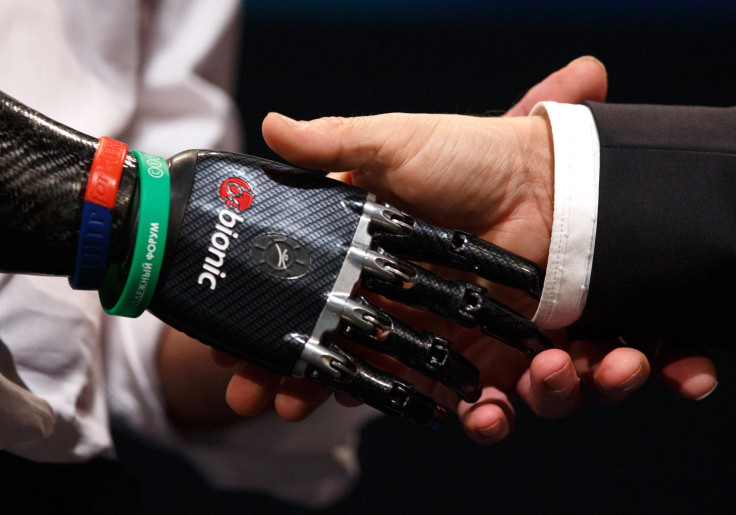US Defence Force develops mind-controlled prosthetic arm with near-natural sense of touch

A paralysed man has become the first person to be able to “feel” physical sensations through a prosthetic robotic hand, after being paralysed for more than a decade. The US Defence Force reported that the patient was able to identify when and which of his mechanical fingers were being gently touched by an object even while blindfolded.
The technology, developed under the Revolutionising Prosthetics programme of the Defense Advanced Research Projects Agency, or DARPA, aims to aid a future where people suffering from paralysis or missing limbs will not only be able to move objects but can also get back the sense of touch with the devices attached to their body. In the initial experiment, the researchers gently touched each of the prosthetic fingers of the volunteer while he was blindfolded, and he was able to feel nearly 100 percent accurate which mechanical finger was being touched.
The 28-year-old man, with his identity being kept for his privacy, said that he felt just like his own hand was being touched. "By wiring a sense of touch from a mechanical hand directly into the brain, this work shows the potential for seamless bio-technological restoration of near-natural function," said Justin Sanchez, DARPA programme manager, in a press release.
The technology was first showcased in February, with a US army vet using a battery-powered prosthetic to climb a wall through his brain power. To date, the same team developed the device able to impart the feeling of touch on top of grip, movement and object manipulation.
The device worked by placing electrode arrays onto the paralysed volunteer’s sensory cortex, the brain region responsible for identifying and processing the sense of touch, which is connected to the prosthetic arm. The team also placed arrays on the volunteer’s motor cortex responsible for facilitating body movements.
As the team pressed two of the mechanical fingers of the volunteer without telling him, Sanchez said that "he responded in just asking whether somebody was trying to play a trick on him. That is when we knew that the feelings he was perceiving through the robotic hand were near-natural."
The developing team said that there are further works for the technology, including getting everything peer reviewed and accepted for publication in a scientific journal. “DARPA’s investments in neurotechnologies are helping to open entirely new worlds of function and experience for individuals living with paralysis and have the potential to benefit people with similarly debilitating brain injuries or diseases,” Sanchez stated.
Contact the writer at feedback@ibtimes.com.au or tell us what you think below




















